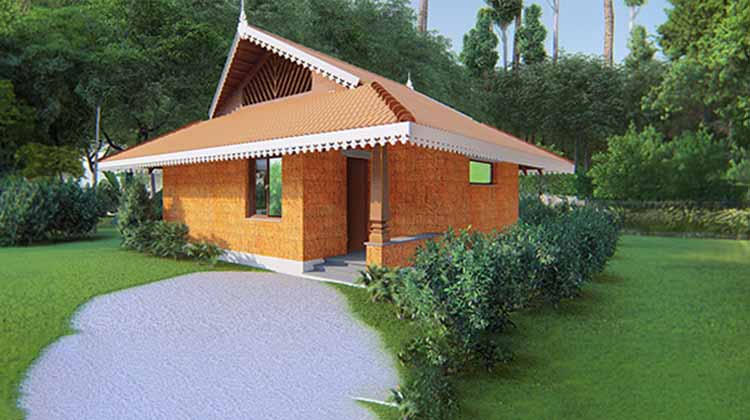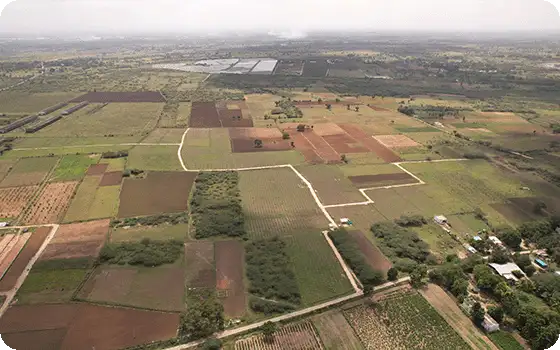


Consistently crafting










It’s time to indulge in
a dreamy weekend retreat

fARMLAND
27+ Projects
New launch
21.5L to 59.5L
Exclusive offers





FARMPLOTS
Ongoing



FARMHOUSE
Ready to move-in


VILLAS
SAKLESHPUR
CHANNAPATNA
CHIKKAMAGALUR
CHIKKABALLAPUR











Chikkaballapur
6500sqft & 10,000sqft
6500sqft @ 23.5 Lakhs
10,000sqft @ 35 Lakhs
Available - 4 Plots Left





Channapatna
6500sqft
25 Acre Sold
6500sqft @ 30 Lakhs
Premium Price
6500sqft @ 35 Lakhs





Half Acre
Half Acre @ 35 Lakhs





Vibez Farm houses at Sakleshpur
With a farmhouse at Vibez Farm Plots, carefully curated plots offer you the chance to build your dream farmhouse, customized to your preferences and desires. You can experience the calming effects of nature firsthand. Picture yourself strolling through verdant landscapes,
breathing in the fresh mountain air, and relishing the peaceful ambiance that envelops you.
6500sqft & 10,000sqft
6500sqft @35Lakhs
Available - 9 Plots Left





About Mythri Phase 2
A peaceful place that you can call Heaven on Earth is placed on the outskirts of Bangalore city by 90 minutes' drive, before you reach 10 acres of farmlands.
Katanakallu (Chikkaballapur)
1 Acre
1/2 Acre
Half Acre @ 30 Lakhs
1 Acre @ 59.5 Lakhs



Chikkamagalur is a dream destination for nature enthusiasts and those seeking a peaceful retreat from the hustle and bustle of city life. Immerse yourself in the splendor of nature and uncover the captivating beauty of this enchanting region.
6500sqft
6500sqft @ 35 Lakhs



Minkin farms
Pomegranate & Teak Plantation
48 Acre Sold
Chikkaballapur
1 Acre


360 Acre Sold
Sirivana – 01
Location : Chikkaballapur ( Dpalaya )
Project : Pomogranate Plantation
Sirivana – 02
Location : Chikkaballapur ( Sagenahalli )
Project : Teak Plantation
Sirivana – 03
Location : Chikkaballapur ( Hudguru )
Project : Pomogranate Plantation
Sirivana – 04
Location : Chikkaballapur ( Maripadugu)
Project : Teak Plantation
SIRIVANA-1 ( Dpalaya )
SIRIVANA-2 ( Saganahalli )
SIRIVANA-3 ( Hudguru )
SIRIVANA-4 ( Maripadugu )


Mythri farms phase- 1
Teak Plantation
20 Acre Sold
Gauribidanur (Chikkaballapur)
1 Acre

You’ve been searching for the perfect investment, one with stability, long term growth potential and the ability to diversify your portfolio. Look no further, the

So the new Land Act of 2023 is finally here and it’s going to change how you buy, sell, and own property. The updated rules

Ever dream of escaping the grind and investing in a little slice of paradise? Well, listen up, because we’ve found an opportunity that could make

You’ve been searching for the perfect investment, one with stability, long term growth potential and the ability to diversify your portfolio. Look no further, the

So the new Land Act of 2023 is finally here and it’s going to change how you buy, sell, and own property. The updated rules

Ever dream of escaping the grind and investing in a little slice of paradise? Well, listen up, because we’ve found an opportunity that could make









